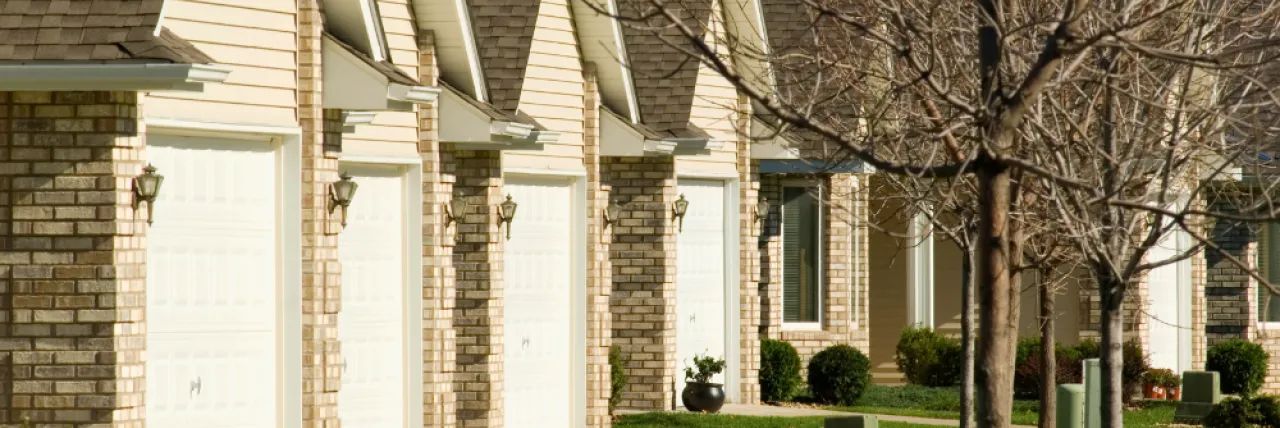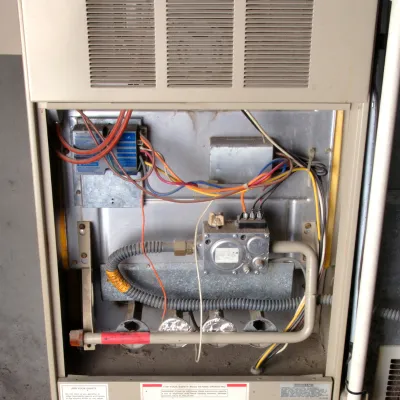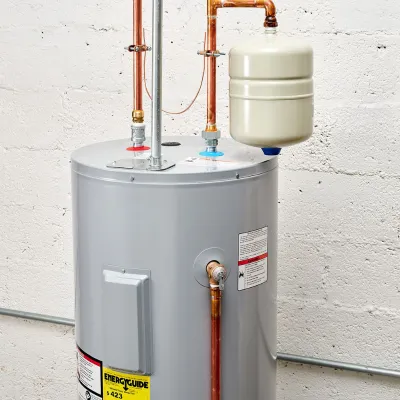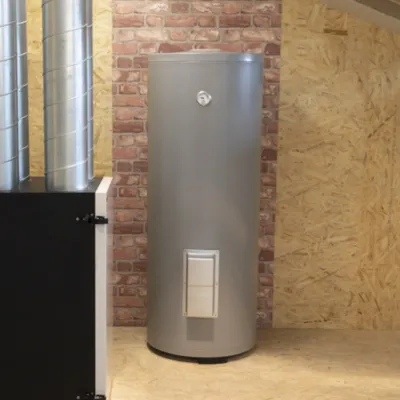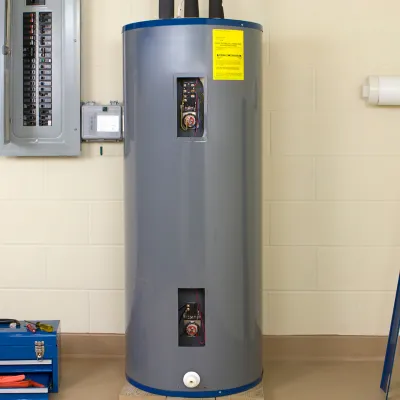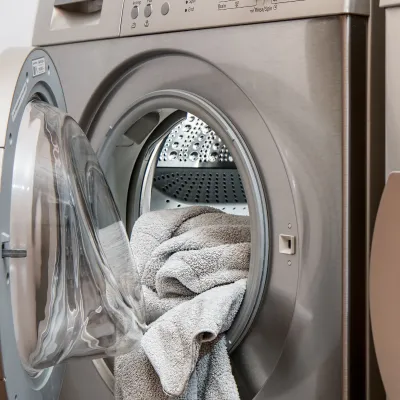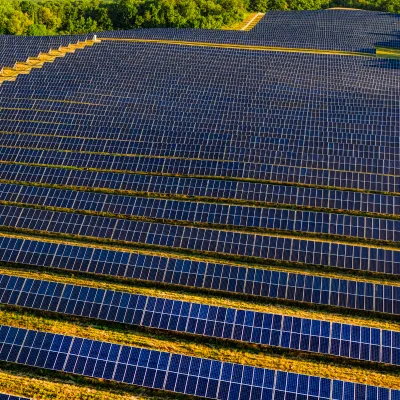Questions to ask when upgrading your appliances
Appliance | Expected Lifespan |
| Furnace | 20 years |
| Air source heat pump | 15 years |
| Boiler | 20 to 40 years |
| Air conditioner (central air) | 12 years |
| Air conditioner (window) | 10 years |
| Water heater (with tank) | 12 years |
| Dishwasher | 10 years |
| Refrigerator | 12 years |
| Washing machine | 10 years |
| Dryer | 10 years |
When considering if it’s worth repairing a malfunctioning appliance, check the age of the appliance and its expected lifespan, and call maintenance professionals to get a sense of estimated repair costs. You may also consider the cost to operate a more efficient, newer model compared with your existing appliance.
Expected lifespan
This table provides a general guideline of how many years appliances tend to last. To prepare for future replacements, create an inventory of appliances in your home, noting their age, condition, and level of energy efficiency.
As you consider your options, add up the initial equipment purchase, installation-related costs, and lifetime estimated energy costs of the new appliance. A more efficient option may cost more money upfront, but if you’re able to make that extra investment, it could more than pay for itself in energy savings over the life of the appliance.
Total cost = purchase cost + install costs + energy costs
Reviewing the Energy Guide label attached to a new appliance will provide an estimate of the yearly cost of energy to run your appliance, based on national averages.
Rebates and tax credits
Discounts are available to help offset the cost of many efficient appliances and home energy upgrades. You may qualify for discounts from your electric or gas provider, city or county, or the state or federal government. Find out more here.
Income-qualified assistance
Many households are eligible for federal or utility programs that help with appliance replacement.
- The Energy Assistance Program helps households afford energy bills and may offer to fix or replace broken heating equipment. Those who need an emergency repair or replacement should contact their local Energy Assistance provider.
- The Weatherization Assistance Program offers income-qualified appliance replacement programs and options.
- Utilities also offer steeply discounted or even free appliances and efficiency upgrades to income-qualified households, either directly or through a local service provider.
Having a clear idea of your priorities can make decision making easier when it comes time to replace a failing appliance.
Are you able to pay a bit more upfront if it results in savings over the life of the appliance?
High-efficiency appliances may be less expensive over the long term, even though they may cost more to purchase. Discounts can help reduce the initial cost, but not every household can or wants to make this upfront investment, and it may not make financial sense for your family if you are planning a move.
Are health and environmental concerns a top priority for your household?
Emissions from the use of fuels like gas and propane within our homes can negatively affect health. For example, children living in homes with gas stoves are 42% more likely to have asthma. And the use of these fuels in homes and businesses are a significant contributor to Minnesota’s greenhouse gas emissions.
If you are interested in transitioning from gas to electric appliances, replacement at the end of an appliance’s life is a natural time to make the switch.
If you’re sticking with gas, ventilation can help to reduce health impacts. Open your windows while you cook if the weather allows. Exhaust fans can move air pollution out of your home in all weather. Fans that simply recirculate air within a home, such as through a filter on the bottom of an under-cabinet microwave, do not work as well.

Discounts & Financing
Take a look at options to make home energy projects more affordable.
Heating & Cooling
In Minnesota, heating and cooling is the number one energy user for the average household. Investing in efficient heating and cooling can pay off in energy savings and is an important way to reduce your home’s emissions.
The State of Maine offers a useful calculator to estimate the energy costs of various heating options. Be sure to update the price of fuel and electricity, as the cost in Minnesota can be substantially different.
Water Heating
After home heating and cooling, water heating is the next largest energy user in an average Minnesota household. An efficient water heater will reduce the energy and costs associated with home water heating needs. Water heaters tend to last 8 to 10 years; tankless options are often expected to last 20 years. The point of replacement is an opportunity to consider high efficiency water heating technologies, including electric options.
Appliances
Appliances like your refrigerator, stove/oven, dishwasher, microwave, and clothes washer and dryer typically comprise about 15% of home energy use. Look for Energy Star-rated models to reduce how much energy these appliances use. Keep in mind that if your primary concern is cost savings, extra features can sometimes drive up the cost of efficient models.
To further reduce your carbon impact and air pollution inside your home, consider switching from gas appliances to efficient electric options for cooking and clothes drying.
Cooking
Clothes Dryers
Renewable Energy Options
Options to use more renewables like solar and wind to power your home.
Pre-Work Projects
Electric Panel
The expected life of an electric panel is 25 to 40 years. If yours has reached that age, consult an electrician. You may need to replace it for safety reasons. Other warning signs that indicate you may need to upgrade your panel include a circuit breaker that frequently trips, if your panel has a burning odor, if your energy bill has noticeably increased over time, or if your home has flickering or dim lights.
The cost of a new electric panel can range from about $2,000 to $5,000.
If you’re considering switching to electric appliances or adding air conditioning, a heat pump, or an electric vehicle, you may need a larger panel to accommodate the new circuits. In some cases, you may also need to increase the capacity of the utility line connected to your home (typically going from 100 to 200 amp service). An electrician can advise you about whether your panel or wiring will require upgrades.
Weatherization
Weatherizing your home involves making improvements that protect your home from the outside elements and reduce air leakage and drafts. These improvements allow you to use less energy and make your home more comfortable. Common weatherization projects include:
• Insulation
• Air Sealing
• Moisture control
• Ventilation
• Upgrading windows and doors
A home energy audit will identify which improvements are recommended. Some improvements, such as insulation and air sealing, often pay for themselves within a few years. Other projects, such as window replacement, can be very costly and may not pay for themselves in energy savings.
